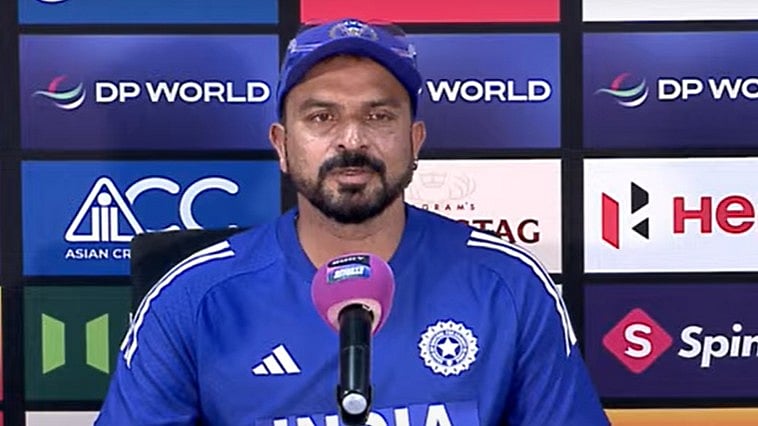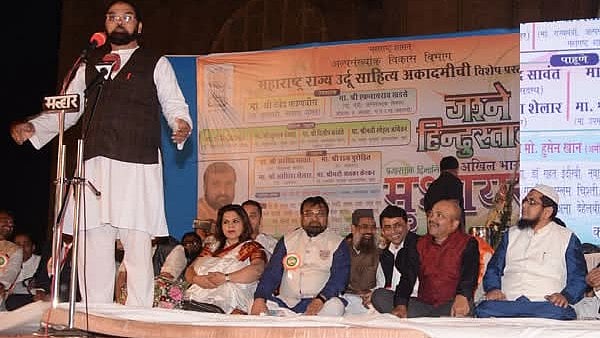On April 8, 2025, the Supreme Court gave an important judgement on the governors' powers. The court held that the governor has limited discretion in assenting to bills and cannot indefinitely delay and thereby exercise veto powers. More controversially, the court, invoking Article 142, gave an extraordinary order declaring that the ten pending bills, by deemed assent, have become laws without the formal assent of the constitutional head of state.
This judgement raises three consequential issues: the state of Indian federalism, the role of a nominated governor in a federal polity, and the scope of the court’s discretion under Article 142.
First, the state of Indian federalism. The Objectives Resolution envisaged that the states “shall possess and retain the status of autonomous units, together with the residuary powers”. But in the actual drafting of the Constitution, our founding fathers opted for a quasi-federal state with unitary features.
This was clearly in response to the horrors of Partition, and the imperatives of preserving the unity and integrity of the new nation-state in the face of enormous diversity and fissiparous tendencies. In a true federal polity, the constituent units are indestructible, and their boundaries can be altered only with their consent.
But Articles 2 and 3 provide for the making and unmaking of states at Parliament’s will, provided that the legislature of the affected state is allowed to express its views on the matter.
Another unitary feature is the power of the Union to impose President’s Rule (Article 356). This power was exercised on 134 occasions since 1950, and in the majority of cases, it was a partisan exercise. The nominated heads of state, the governors, have frequently acted as the hatchet men of the Union to bring down elected governments for political gain.
In economic management, the creation of license-permit-quota-raj, adoption of central planning and creation of an all-powerful Planning Commission by executive fiat reduced the states to mendicants.
While the Finance Commission was a silver lining in the federal architecture, the arbitrary formulae for devolution created a climate of uncertainty.
The dominance of the Union’s public sector undertakings meant that it could play favourites by rewarding favoured states and punishing political opponents. Nomination of governors by the Union added to their woes and undermined the federal spirit.
Happily, federalism matured over the years. India is the only successful multi-lingual, federal democracy created after the Second World War and is thriving. Notwithstanding its unfettered power, the Union always acted with the consent of the affected state in redrawing boundaries—linguistic reorganisation and subsequent creation of new states.
The only two exceptions are the division of Andhra Pradesh and the division and conversion of Jammu and Kashmir into two Union Territories. The major national parties will probably never be tempted again to create a new state without its consent after the Andhra Pradesh experience; Jammu and Kashmir is a unique case given the history and imperatives of national security, and the Union is committed to the restoration of statehood to the territory.
Many more positive changes made our federalism real and robust over the decades. Article 356 largely became a dead letter as Dr Ambedkar hoped, thanks to the Supreme Court verdict in the Bommai case (1994). The licence-permit-quota-raj has been substantially dismantled. Fiscal devolution became more predictable since the Tenth Finance Commission.
The Planning Commission has been abolished. With the rise of entrepreneurship and private investment, the role of public sector undertakings is largely diminished. All in all, our federalism is more mature, and the states are mostly in control of their destiny.
The quality of leadership and the policy choices states make are reshaping India as never before. Issues like devolution will continue to be debated in a healthy manner, given the diversity, regional inequality and intense political competition.
That brings us to the institution of the governor. The nomination of a governor by the Union is an anachronism today. Only Australia and Canada still have nominated governors of provinces. In Australia, the governor is appointed on the advice of the state’s premier.
In Canada, the lieutenant governor, like in India, is appointed on the advice of the prime minister, but he cannot dismiss a provincial government, and his power of refusing assent to a Bill is no longer used—the last time such a power was exercised was in 1961 in the province of Saskatchewan.
It is time to reinvent the governor’s institution. A wise governor, like a good obstetrician, must observe with watchful expectancy and masterly inactivity. Ideally, there should be a clear separation of powers, and the governor should be elected directly by the people as the head of the government and the state, vastly improving governance. Alternatively, like the president’s election, the governor can be elected by the state legislature and local governments.
Finally, is the Supreme Court wise in declaring the pending bills as the laws of the land? In all other respects the Court’s logic is impressive, but by using Article 142 to declare deemed assent, the Court has gone too far. Just as the president is an integral part of the union legislature, the governor, too, is inseparable from the state legislature.
That a law can be enacted without the governor’s signature and by judicial fiat is a dangerous notion. Our Constitution was an act of quasi-revolution, signed by the members of the Constituent Assembly and not by a head of state appointed by a colonial power. But a governor is appointed under the Constitution and cannot be bypassed.
The court would have been wiser giving a deadline to the governor instead of usurping legislative authority. True power lies in restraint. The flaws in our democracy can, and should, be addressed by the political process and elected legislatures, and not self-appointed judges.
The author is the founder of Lok Satta movement and Foundation for Democratic Reforms. Email: drjploksatta@gmail.com / Twitter @jp_loksatta











